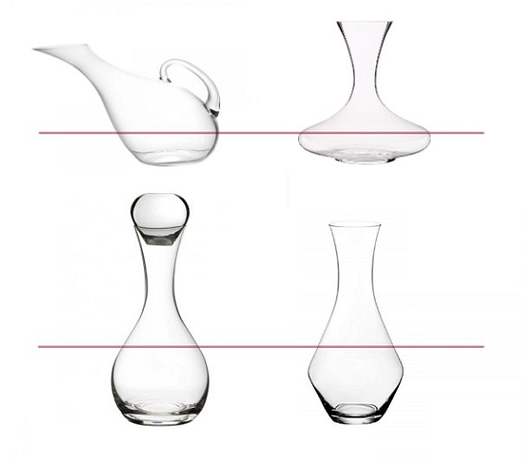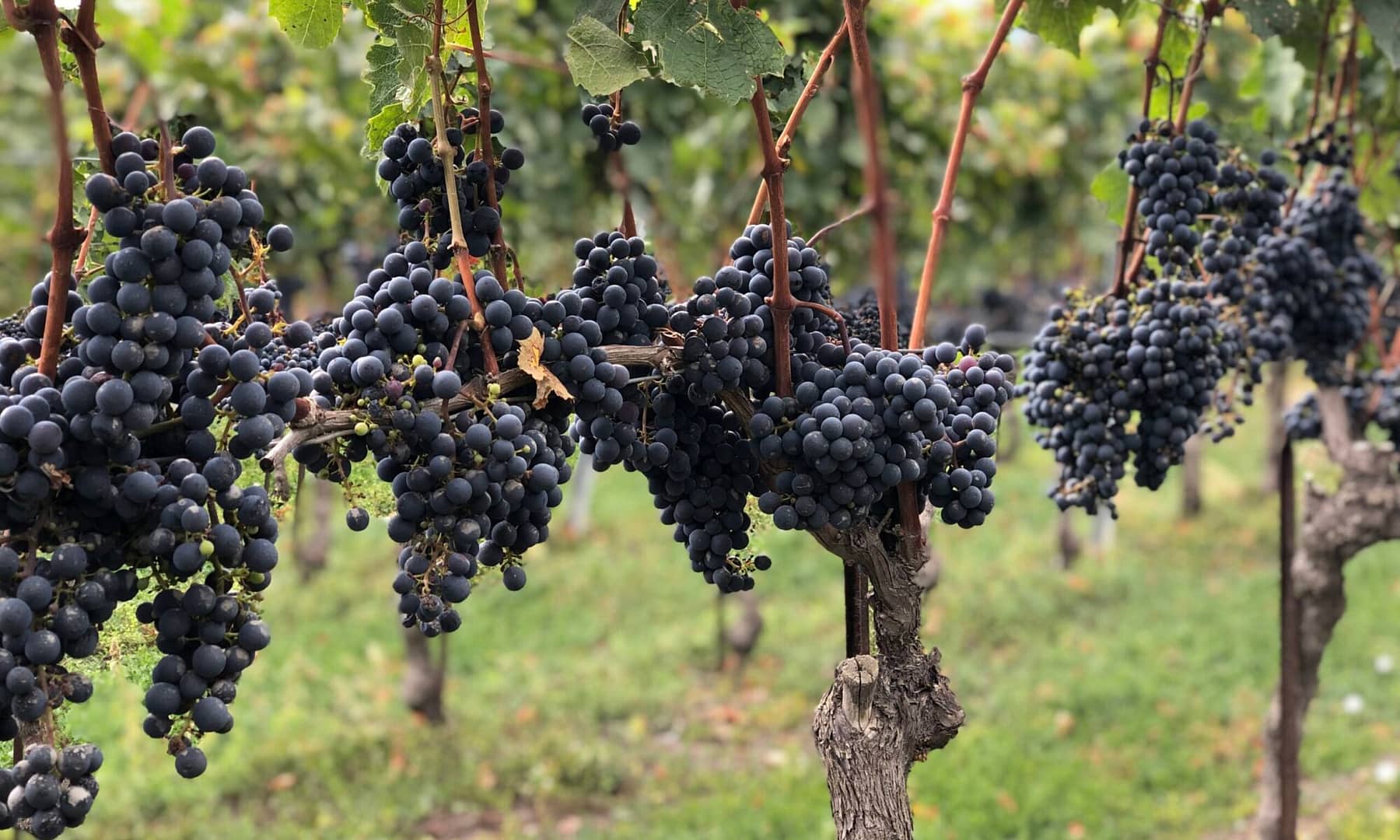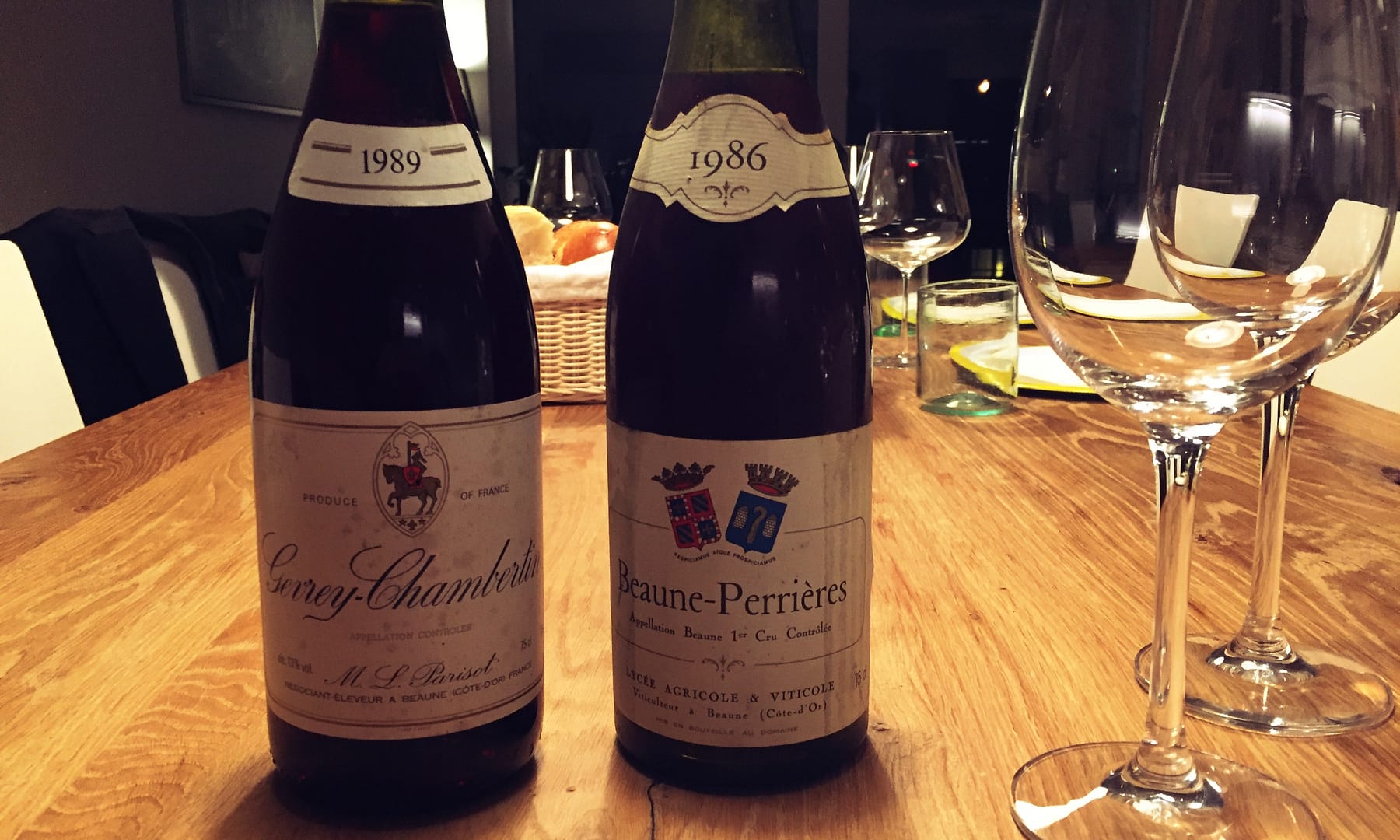You have guests coming to your home later for dinner. The occasion to open that ten-year-old Pauillac you have been cellaring for a while has arrived. Together with the proper choice of glass and the right temperature of service, giving wine some breathing time can help it get to its best expression.
The wine might need a little wake up, after all that time in the bottle and a bit of a gentle filtering. Sediments might have deposited, which you might want to leave out of the glass not to impact the texture of the wine and the overall experience.
We have talked a bit on the essentials of why and when we need decanting and how it impacts the wine. The hands-on part comes now, as we look into how to decant red wine.
To kick off this talk, there is a question that often comes up when it comes to wine aeration…
What is the difference between Carafing and Decanting?
We won’t go into the nitty-gritty of this discussion in this post, but you might have heard both terms before apparently referring to the same thing. Well, technically, those are different procedures and with different purposes.
Carafing aims at aerating the wine, by exposing it to oxygen in a controlled fashion. While decanting also brings some aeration into the process, it aims at separating the sediments that might appear in wine overtime, especially in aged and more tannic ones.
In reality, however, the term decanting ends up being frequently used referring to general wine aeration procedures, having it a separation of sediments involved or not.
Shapes and sizes
Carafes and decanters might differ from each other in their shape, given their different purposes. As a guideline, carafes tend to be especially larger at the base, enhancing the area of contact of the wine with the air, rending more efficient the aeration process. Decanters on the other hand tend to have a narrower body and neck, with a relatively reduced area of contact between the wine and the air. The first two recipients bellow could be referred to as carafes, while the ones in the second row follow what we have as the description of a decanter.

Today we find carafes and decanters in all sorts of shapes and sizes. They can get really artsy at times, boarder lining common sense. Some of these pieces make you wonder if they are as functional as a decanter as they are as a conversation starter in a dinning table.
Jokes a part, some modern designs do create a good effect while serving at the table while making the most effective approach to fluid dynamics.
We’ll focus on the classic decanting definition and its procedure, since it’s a more complete approach (incorporates the carafing steps in itself). We are also having red wines in mind, as they are generally more in need of air after bottle time, than whites.
The decanting process
A call out about storing conditions of the wine, right before you open it: If you have taken it from an horizontal position in your cellar, it’s a good idea to let it rest vertically for a day or two. This would give time for the sediments to sit at the bottom and facilitate the decanting procedure. If there is no time for that, any couple of hours would be already helpful. Last case scenario, if there is way too much sediment, you can use a special sieve on top of the decanter.
Using a good corkscrew, remove the cork without agitating the bottle too much, not to disturb eventual sediments. Pour a little dose and give it a try. Make a mental note on the intensity and complexity of the aromas you first get. If you feel they are quite silent and the wine is not speaking too much yet, let’s start the decanting process and see how it evolves.
With a dry and clean decanter at hand, gently pour the wine in a slow, steady and uninterrupted movement (again, avoiding sediments to go back and ravel inside the bottle). Let it flow through the walls of the decanter. Towards the end, as soon as you notice that the sediments are about to pass through the neck of the bottle and into the decanter, you stop. You can use the help of a light source (generally a candle) behind the neck of the bottle to help seeing when sediments are about to pass.
For how long should you decant?
The right time to decant wine depends on a few factors which include style, region, age, storing conditions and of course, your own preference.As you see, there is a good component of subjectivity on when enough is enough.You can follow your own taste by tasting the wine from the decanter every 20 minutes to evaluate its point. It’s a good exercise to see how the wine evolves and also to understand a bit more of your own taste.If you’d like a suggestion for a starting point, below are some rough guidelines:
To decant immediately before serving:
- Bordeaux, Burgundy and Côtes du Rhône over 20 years old
To decant 1-2 hours before serving:
- Bordeaux, Burgundy and Côtes du Rhône 5 to 20 years old
- Zinfandel
- Malbec (New World)
- Pinot Noir (New World)
- Cabernet and Shiraz (New World)
To decant up to four hours before serving:
- Bordeaux, Burgundy and Cote du Rhône less than 5 years old
- Modern Rioja, Ribera del Duero and Priorat
- Dão, Douro and Alentejo
- Barolo, Barbaresco and Brunello
My thoughts on decanting
If you have an event starting or a group coming for a tasting, the decanting should be planned ahead of time.
However, whenever there is an opportunity, I truly appreciate letting the wine aerate slowly in the glass, or letting it sit in the opened bottle (recorked) for a couple of days.
If the wine is too old, light in body or fragile because of a not so good vintage, the structure might not have held well over time. In this case, decanting should be handled with care of even completely skipped as it might damage the wine. For example, for a 30 years old Burgundy, I would just pour into the glass and let it all happen there… inside the glass. Seeing the aromas and even the color change in the minutes that follow.That’s why I think the so called “super aeration” (e.g. putting your wine into a blender to, hypothetically, do a stronger& faster aeration) is an overkill and is aligns better with cocktail mixing than wine service.
Unless you are trying to fix something off in the wine, decanting should be gentle with the wine you are serving.
Service is an important part of wine appreciation and does impact your perception of the experience. It’s a delicate balance, as you try to highlight the nature of the wine and work of the producer, without getting in the way of the results.



